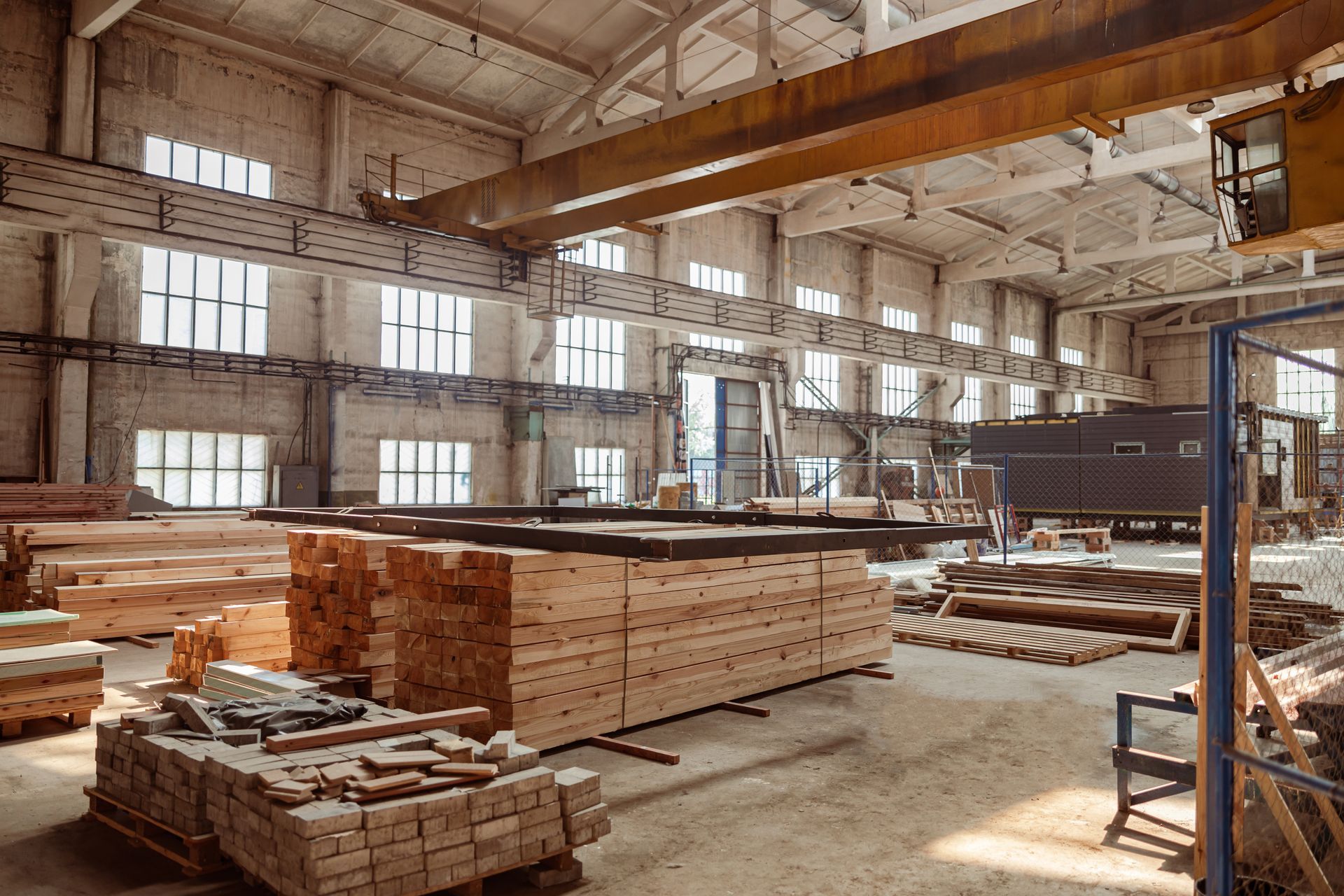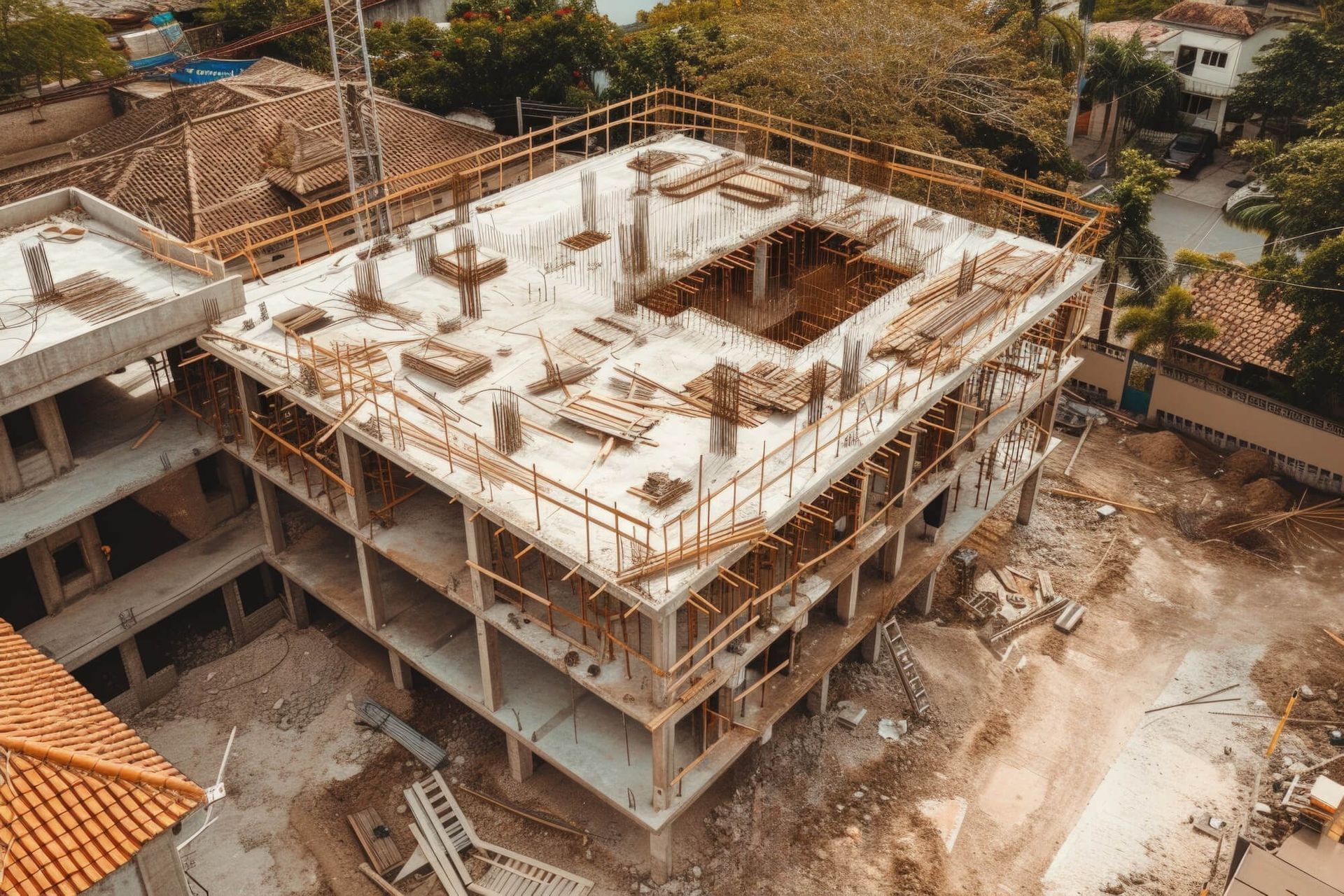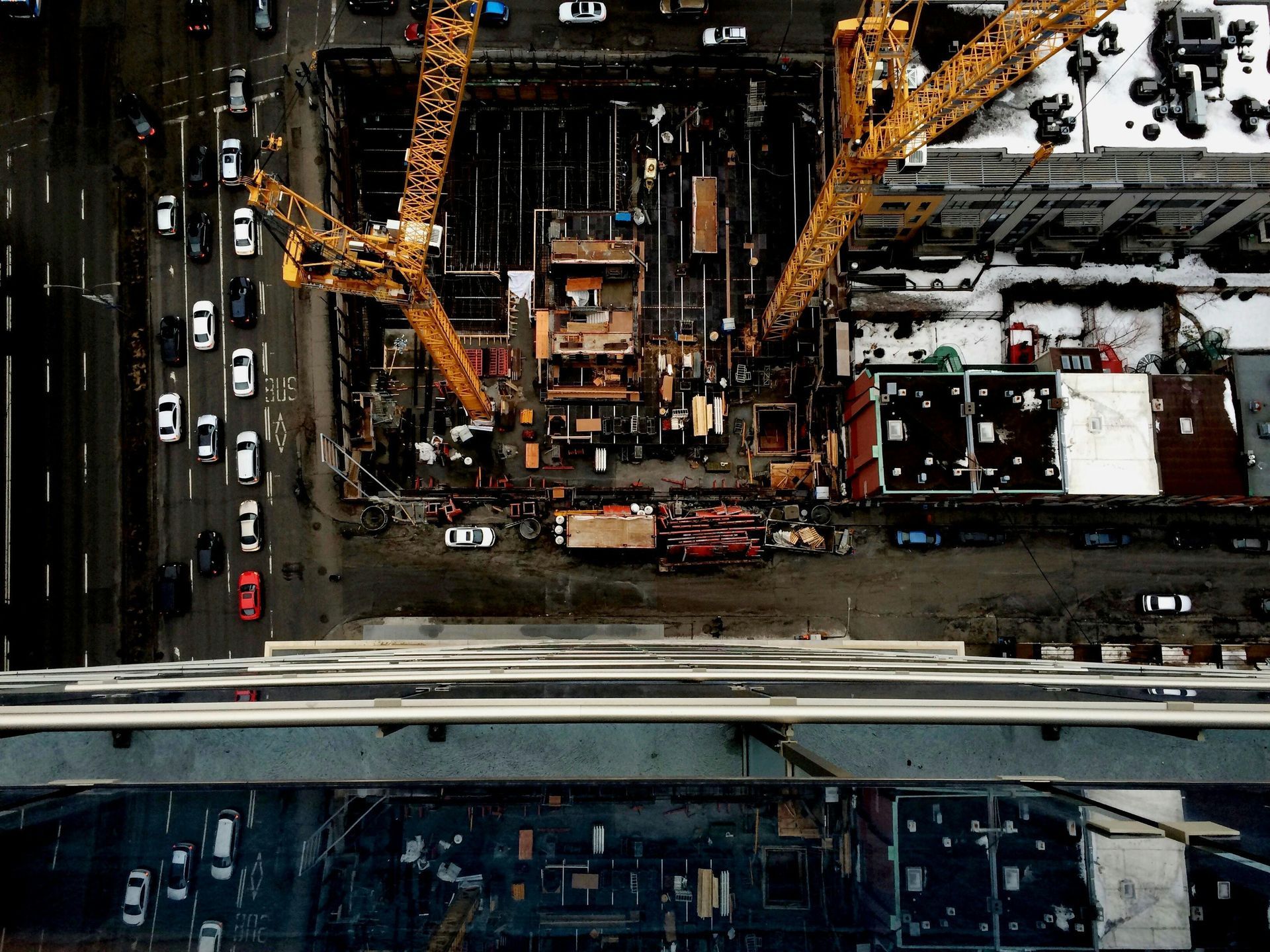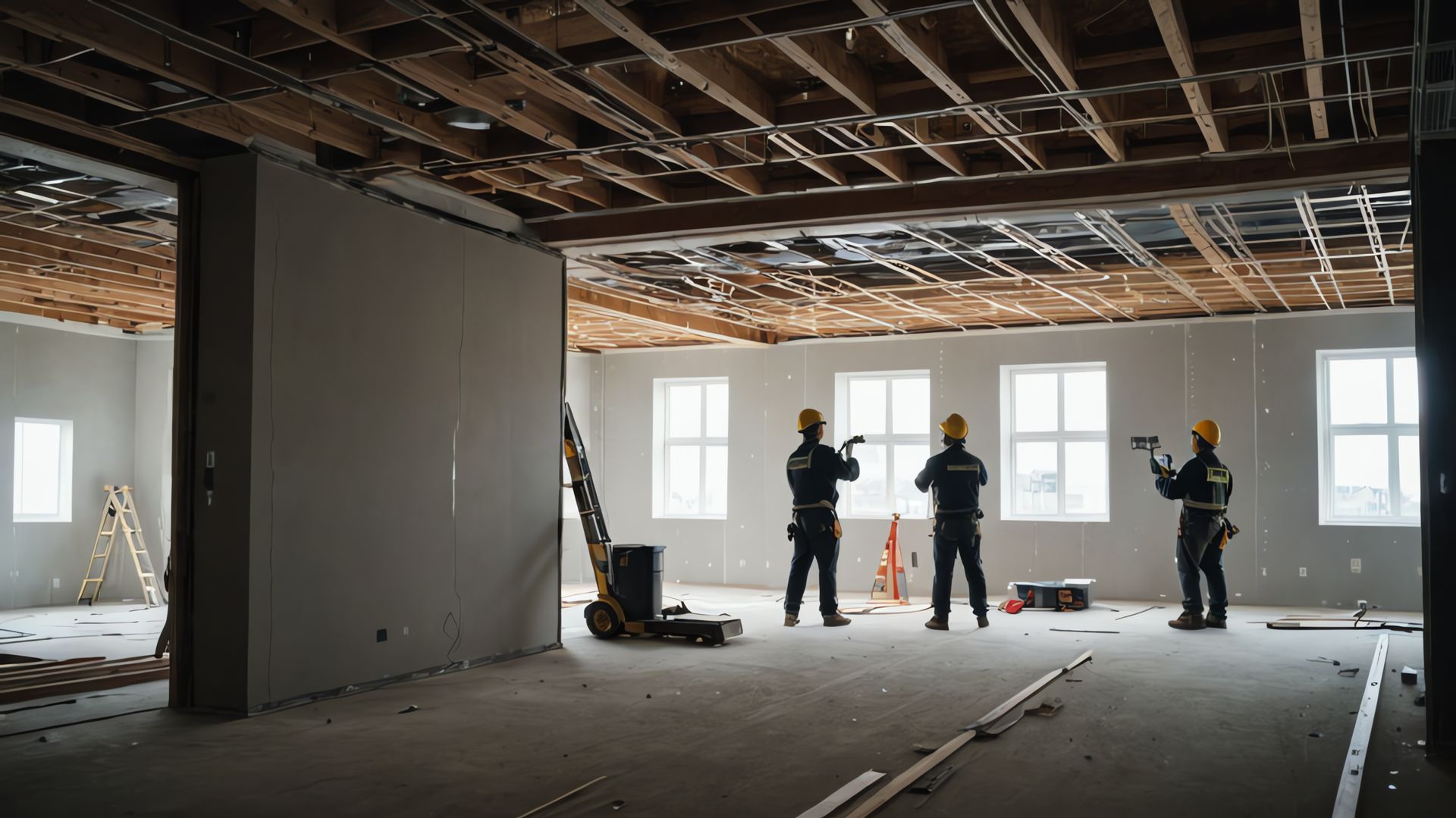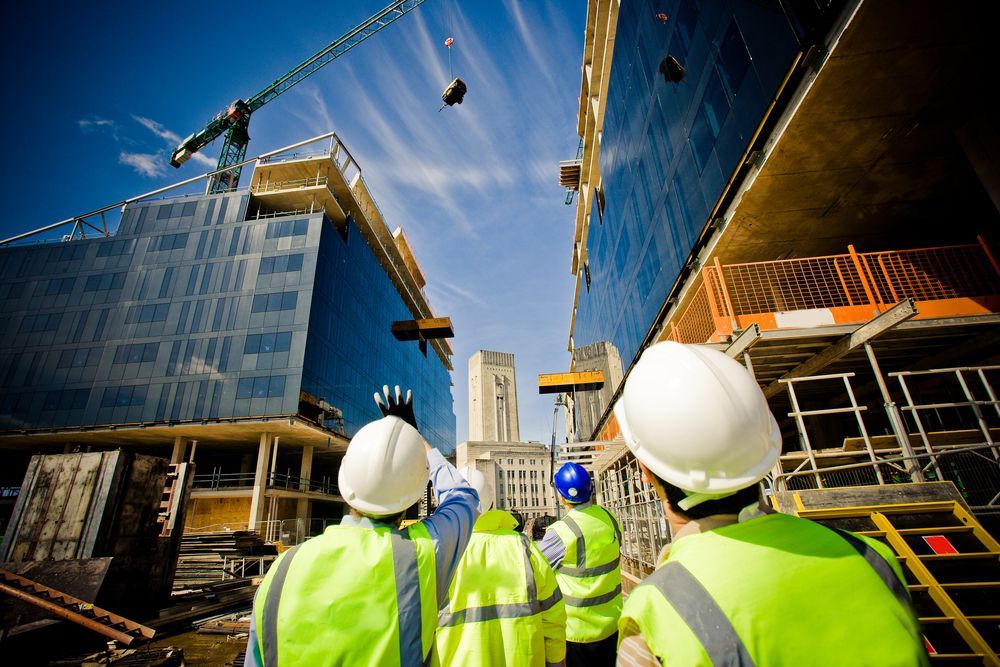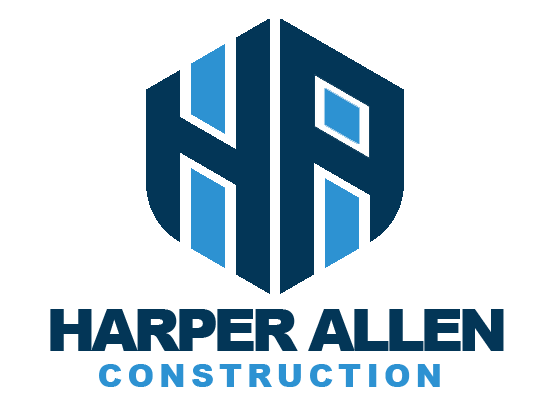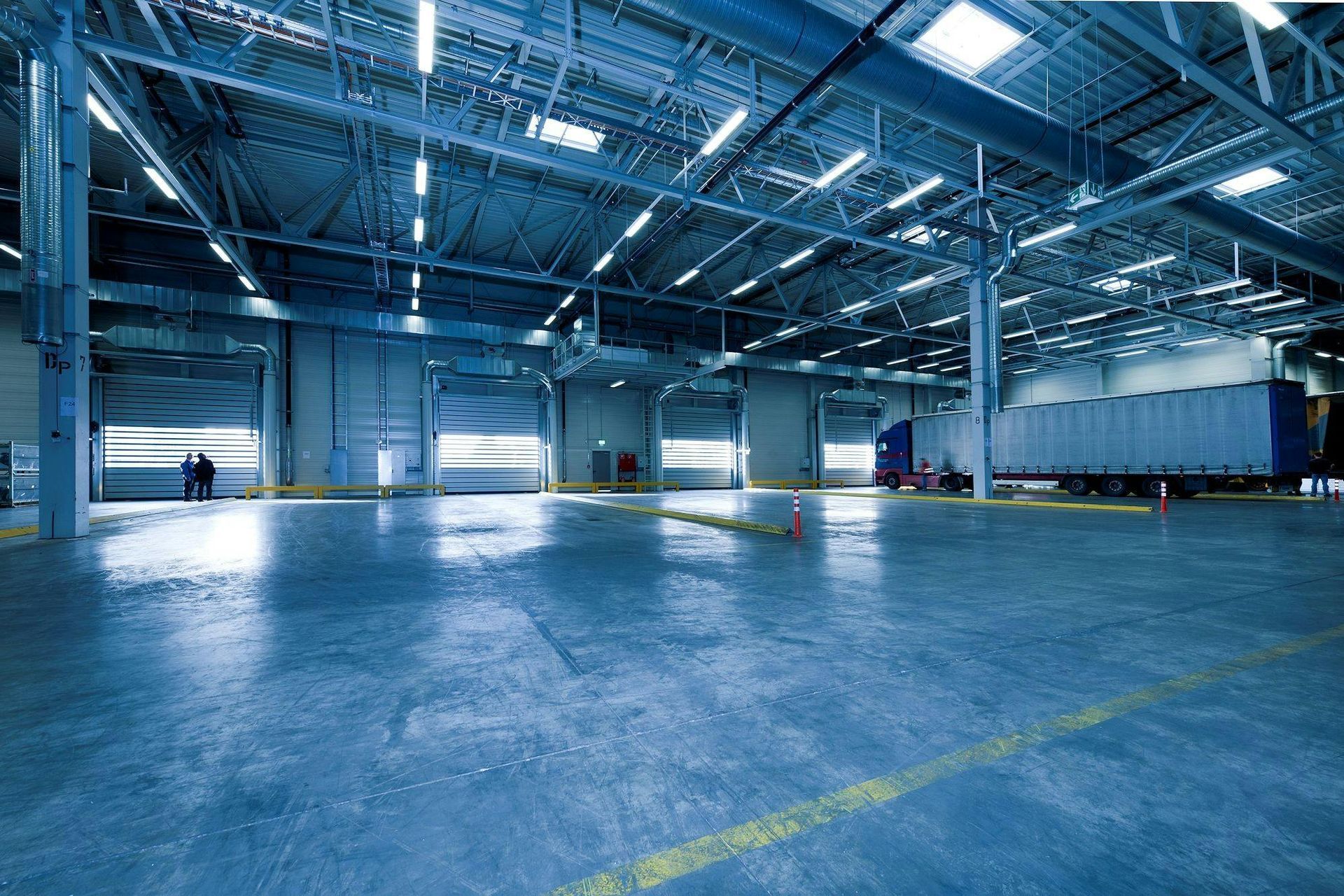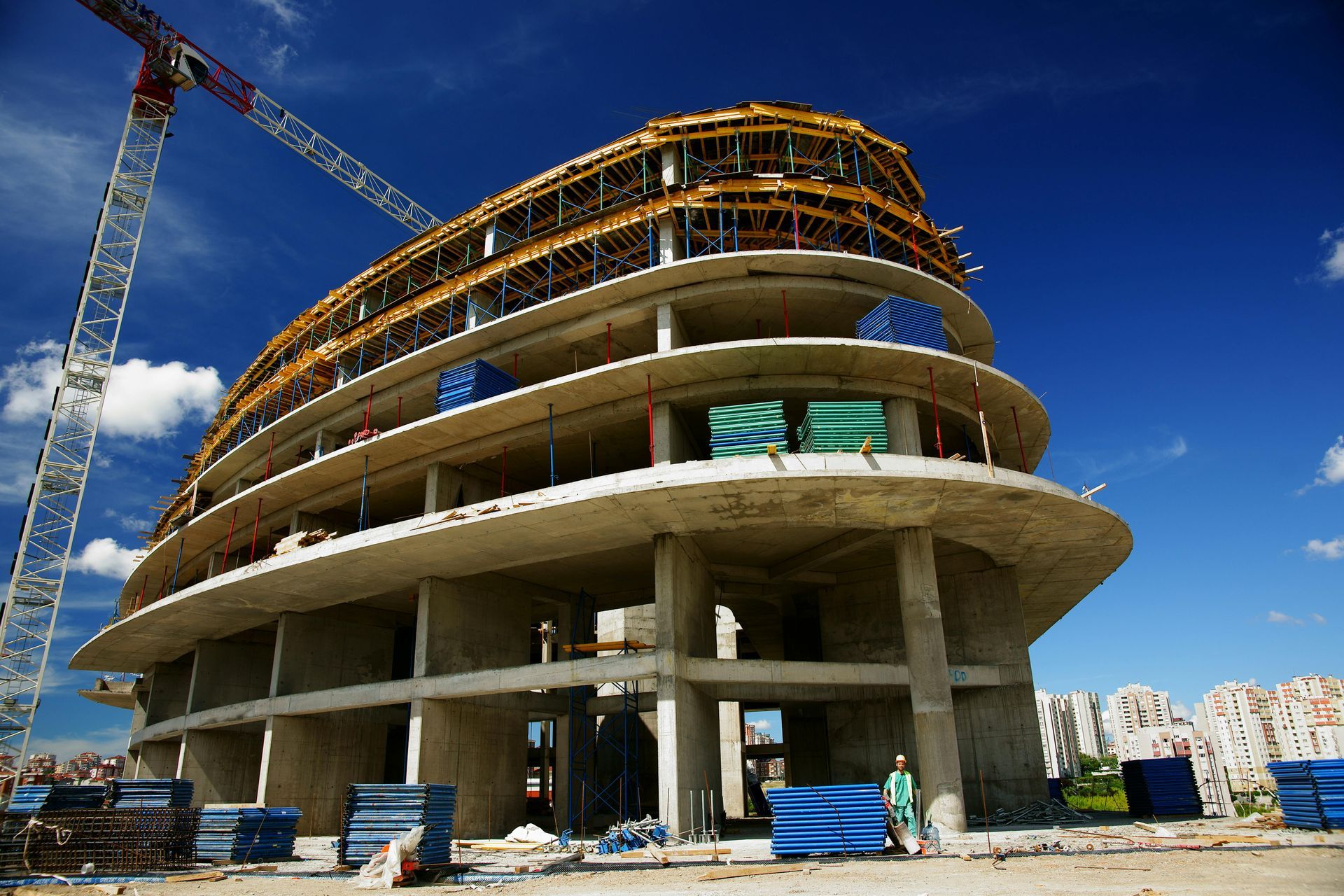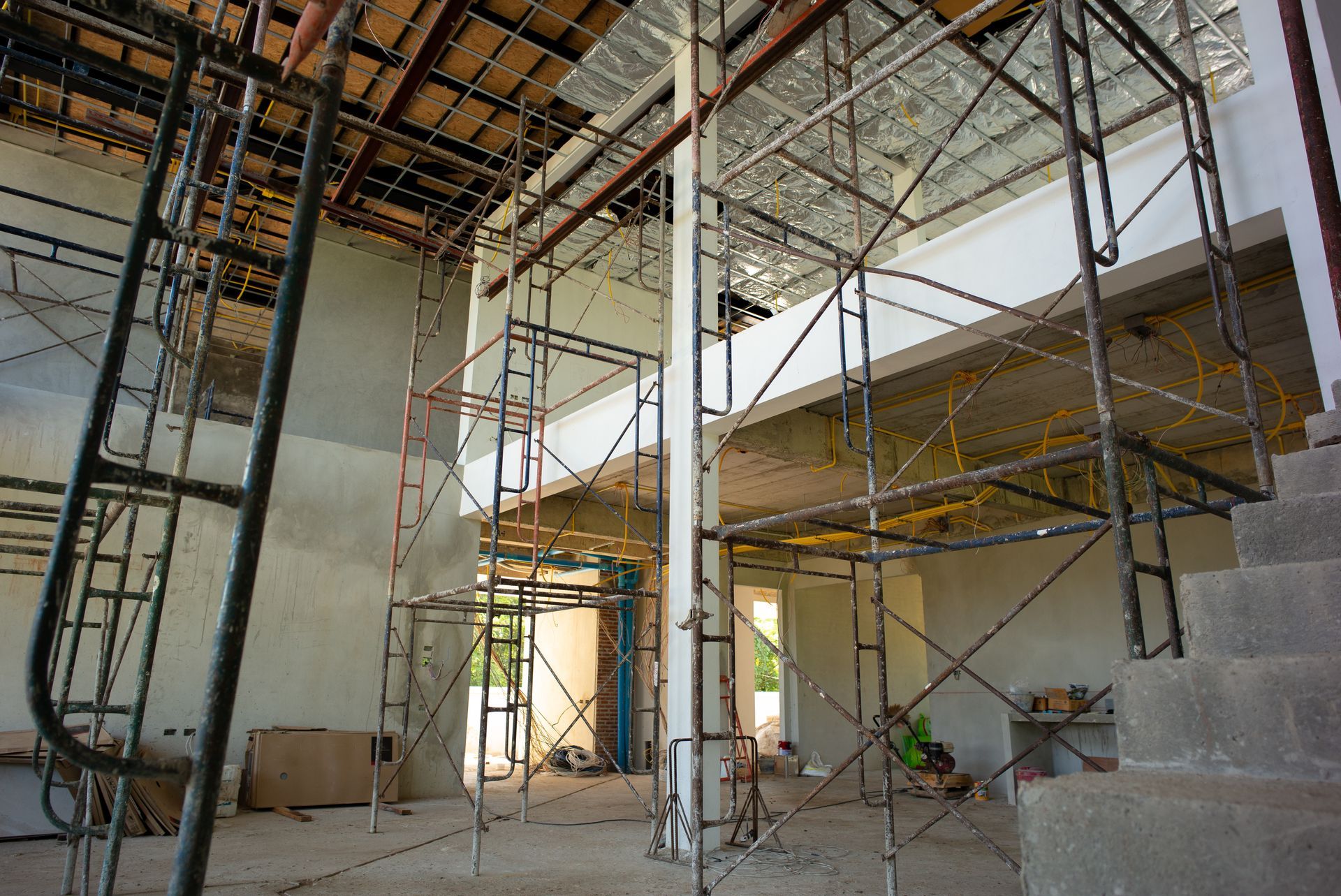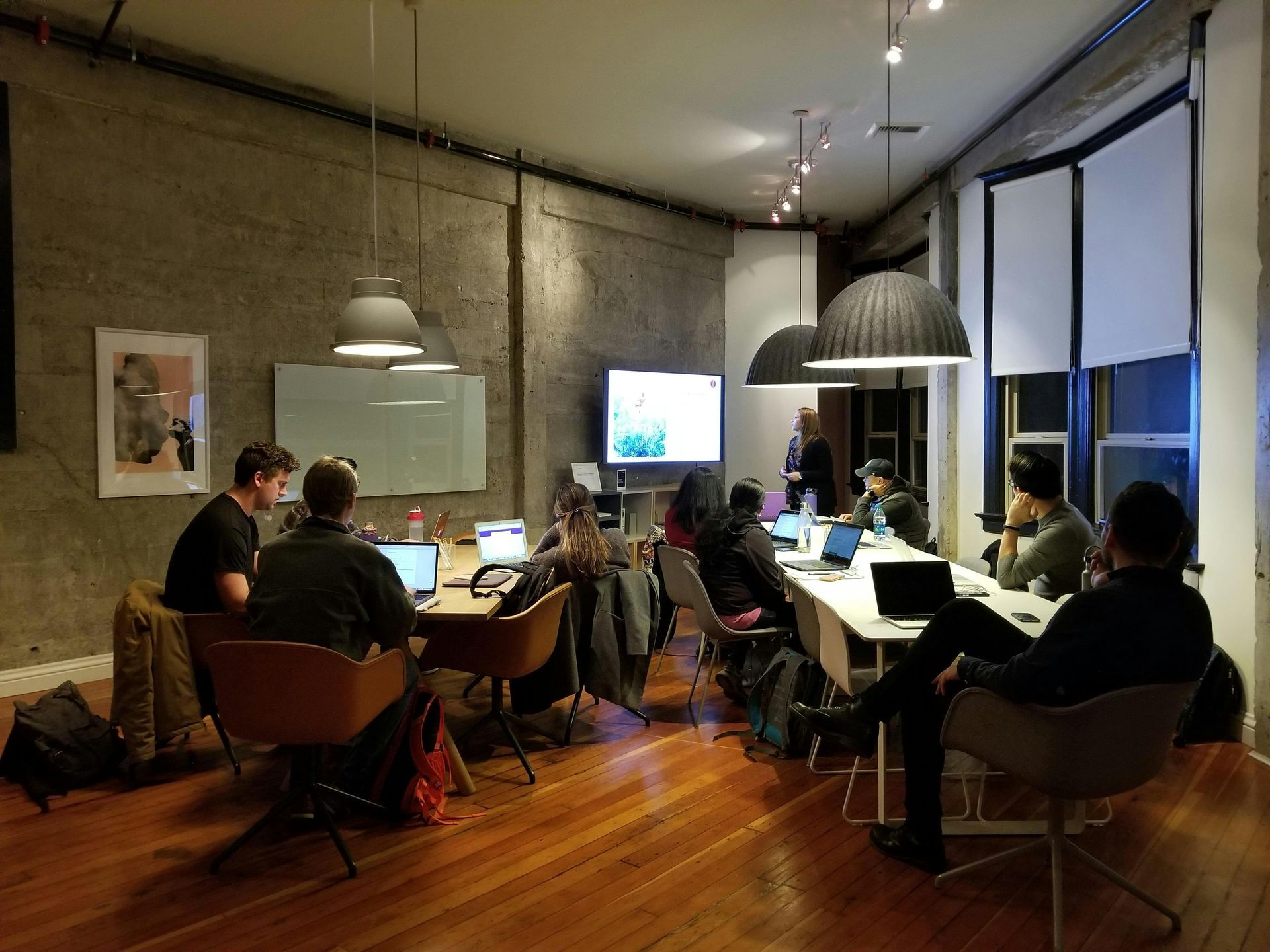Key Safety Standards in Commercial Construction Projects
Safety is the backbone of any construction project. When cranes swing, power tools buzz, and steel beams rise into the sky, there’s no room for guesswork. In commercial construction, safety standards are more than just checkboxes for compliance — they’re the foundation for keeping workers protected, projects on track, and clients confident. Whether you’re working with a general contractor commercial construction team or exploring general contracting services for a large-scale build, understanding the key safety standards is critical.
In this blog post, we’ll explore the safety practices that make the difference in today’s fast-paced world of commercial and
industrial construction services. We’ll keep it detailed, practical, and even add a touch of humor — because who doesn’t need a smile when reading about hard hats and safety harnesses?
Why Safety Standards Are Non-Negotiable in Commercial Construction
Safety in commercial construction is not an option — it’s a responsibility. Every general contractor knows that a single mistake on the job site can lead to accidents, delays, or costly lawsuits. This is why safety is treated as the first tool in the toolbox.
Why it matters:
- Protects workers: Construction is inherently risky. Workers face heavy machinery, electrical systems, and heights that could make your knees wobble just thinking about them.
- Keeps projects on time: An accident can halt operations for days or weeks. Safety protocols keep timelines realistic and minimize disruptions.
- Saves money: Insurance claims, medical bills, and fines add up quickly. Preventing accidents keeps costs in check.
- Builds reputation: Clients trust general contractors who put safety first. It shows professionalism and care for both workers and customers.
A commercial project can involve everything from laying concrete foundations to installing HVAC systems. With so many moving parts, enforcing safety standards becomes the glue that holds it all together. Think of it as the invisible hard hat that everyone wears.
OSHA Guidelines and Their Role in General Contracting Services
If you’ve ever worked in construction, you’ve heard of OSHA — the Occupational Safety and Health Administration. For contractors, OSHA guidelines aren’t suggestions; they’re legally binding rules that keep crews safe and companies compliant.
Common OSHA requirements in commercial construction:
- Fall protection systems: Guardrails, harnesses, and safety nets for workers working at heights.
- Hazard communication: Proper labeling and safety data sheets for chemicals and materials used on site.
- Scaffold safety: Inspections and secure setups for scaffolding, ensuring stability.
- Electrical safety: Lockout/tagout procedures and ground-fault protection to prevent shocks.
- Protective equipment: Hard hats, safety goggles, gloves, and steel-toed boots as part of mandatory gear.
General contractors offering general contracting services must ensure all subcontractors and workers adhere to these rules. It’s not just about compliance — it’s about building a culture of safety where everyone looks out for one another.
Humor aside, ignoring OSHA is like ignoring gravity. You might get away with it for a while, but the fall will be a lot harder than you expect.
Training and Communication: The Human Side of Safety
Standards and checklists only go so far if the team doesn’t know how to apply them. Training and communication form the human side of safety — the part that ensures every worker is not only aware of the rules but also confident in following them.
Key training areas include:
- Equipment operation: Heavy machinery like cranes, forklifts, and excavators require skilled handling.
- Emergency response: Workers must know what to do during fires, power outages, or severe weather events.
- First aid: Immediate response training can save lives while waiting for medical professionals.
- Hazard recognition: Teaching workers to spot and report unsafe conditions before they become problems.
Effective communication ties everything together. Daily safety meetings, clear signage, and open-door policies for reporting hazards can make the difference between a near miss and an accident. A well-informed team is like a well-oiled machine — less squeaking, more productivity.
Technology and Safety in Industrial Construction Services
Technology has become a game-changer in construction safety. From wearable devices to drones, tech tools are helping general contractors take safety to the next level.
Examples of safety-focused technologies:
- Wearable sensors: Track worker fatigue, monitor vital signs, and even detect harmful gases.
- Drones: Inspect hard-to-reach areas like rooftops or scaffolding without putting workers at risk.
- Building Information Modeling (BIM): Helps contractors anticipate potential hazards before construction begins.
- Safety apps: Provide checklists, training modules, and instant reporting systems via smartphones.
For
industrial construction services, technology offers the ability to monitor vast and complex sites with ease. A project that once required teams of inspectors now benefits from real-time data at your fingertips. Safety is no longer reactive — it’s proactive.
Common Safety Challenges in Commercial Construction
Even with strong standards, challenges can sneak onto job sites. General contractors face recurring hurdles that require constant attention.
Common challenges:
- Tight deadlines: When timelines are squeezed, shortcuts are tempting. Safety must never be the first thing cut.
- Complex environments: Construction zones often overlap with existing businesses, requiring extra care to protect the public.
- Worker turnover: New workers need immediate training, which takes time and resources.
- Weather hazards: Rain, snow, and high winds create unsafe conditions that require careful scheduling.
Addressing these challenges head-on ensures safer worksites and more efficient projects. And remember: no client wants their grand opening delayed because a gust of wind turned a ladder into a javelin.
Contact Harper Allen Construction for Safe and Professional Commercial Construction Services in Lucasville, OH
At Harper Allen Construction, safety is not just a checklist — it’s a promise. Our team delivers professional commercial construction services while ensuring the highest safety standards on every project site. From planning and design to the finishing touches, we treat safety as a key part of quality.
In addition to our
commercial construction services, we also specialize in
retail fit-out services to help businesses create functional, modern, and safe spaces. Serving Lucasville, OH, and the surrounding areas, we’re ready to partner with you on your next project. Call us today at
(740) 935-3227 to discuss your needs and see how we can make your vision a reality.
FAQs
Why is safety training so important in commercial construction?
Safety training ensures workers know how to operate equipment, recognize hazards, and respond to emergencies. It reduces accidents and boosts efficiency.
Who is responsible for safety on a job site?
While every worker has a role, the general contractor commercial construction team holds primary responsibility for enforcing standards and ensuring compliance across the board.
What happens if OSHA standards are not followed?
Non-compliance can lead to fines, project shutdowns, injuries, and legal consequences. It’s both financially and ethically costly.
How does technology improve construction safety?
Technology provides tools like drones, sensors, and digital reporting systems that monitor risks in real time and reduce exposure to dangerous tasks.
What services does Harper Allen Construction provide?
We offer commercial construction services and retail fit-out services in Lucasville, OH, and the surrounding areas. Our team is dedicated to safe, professional, and efficient project delivery.
